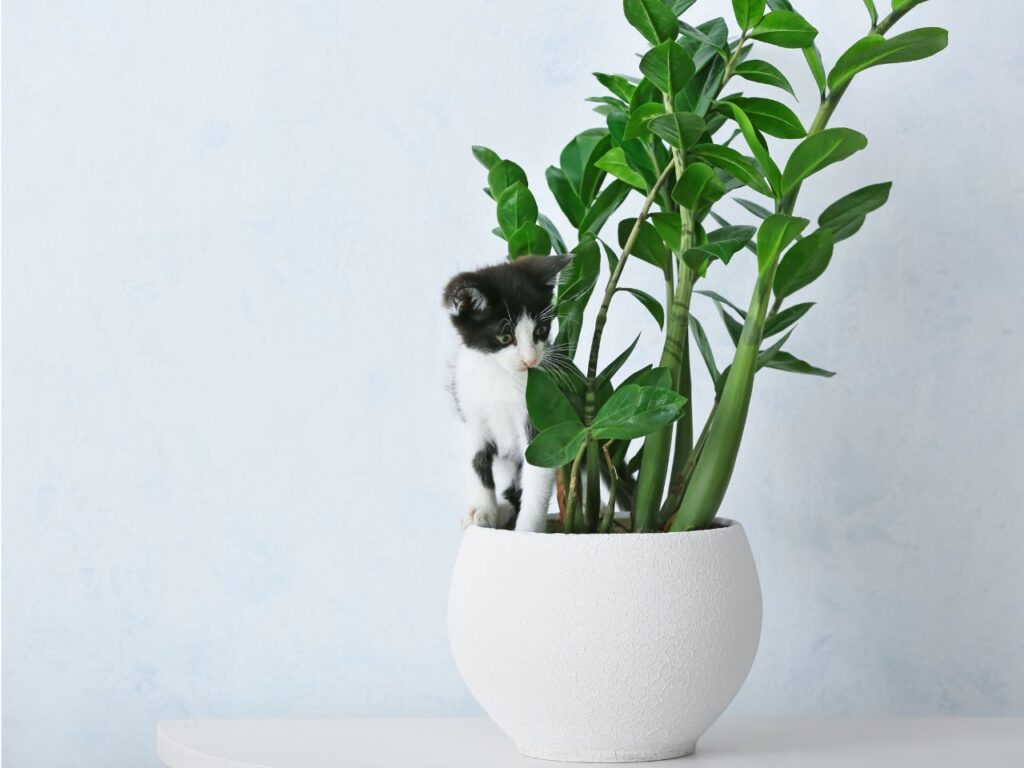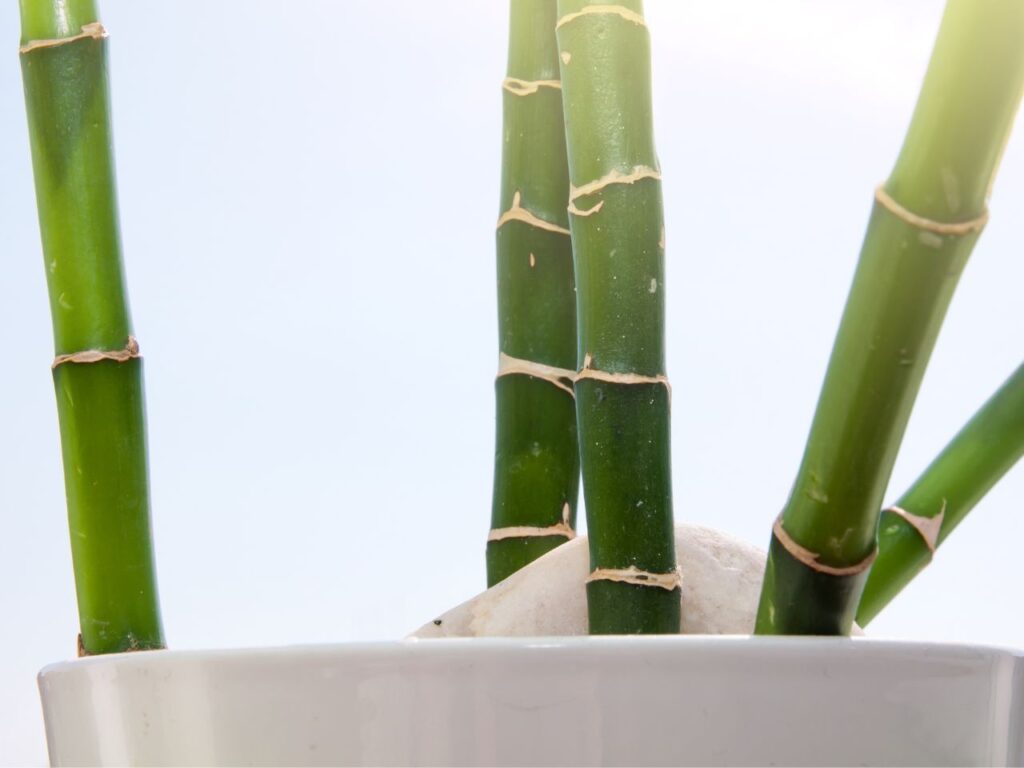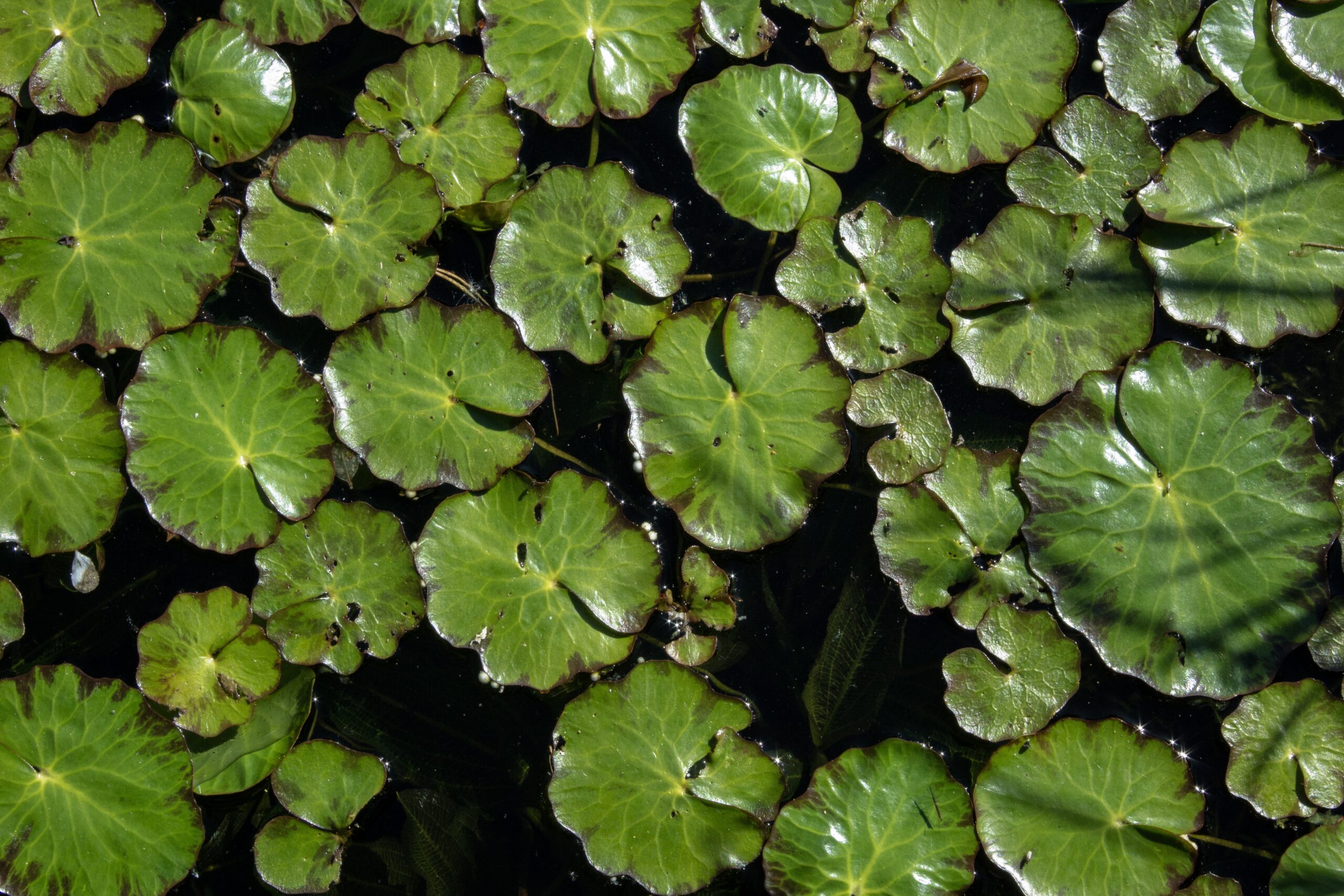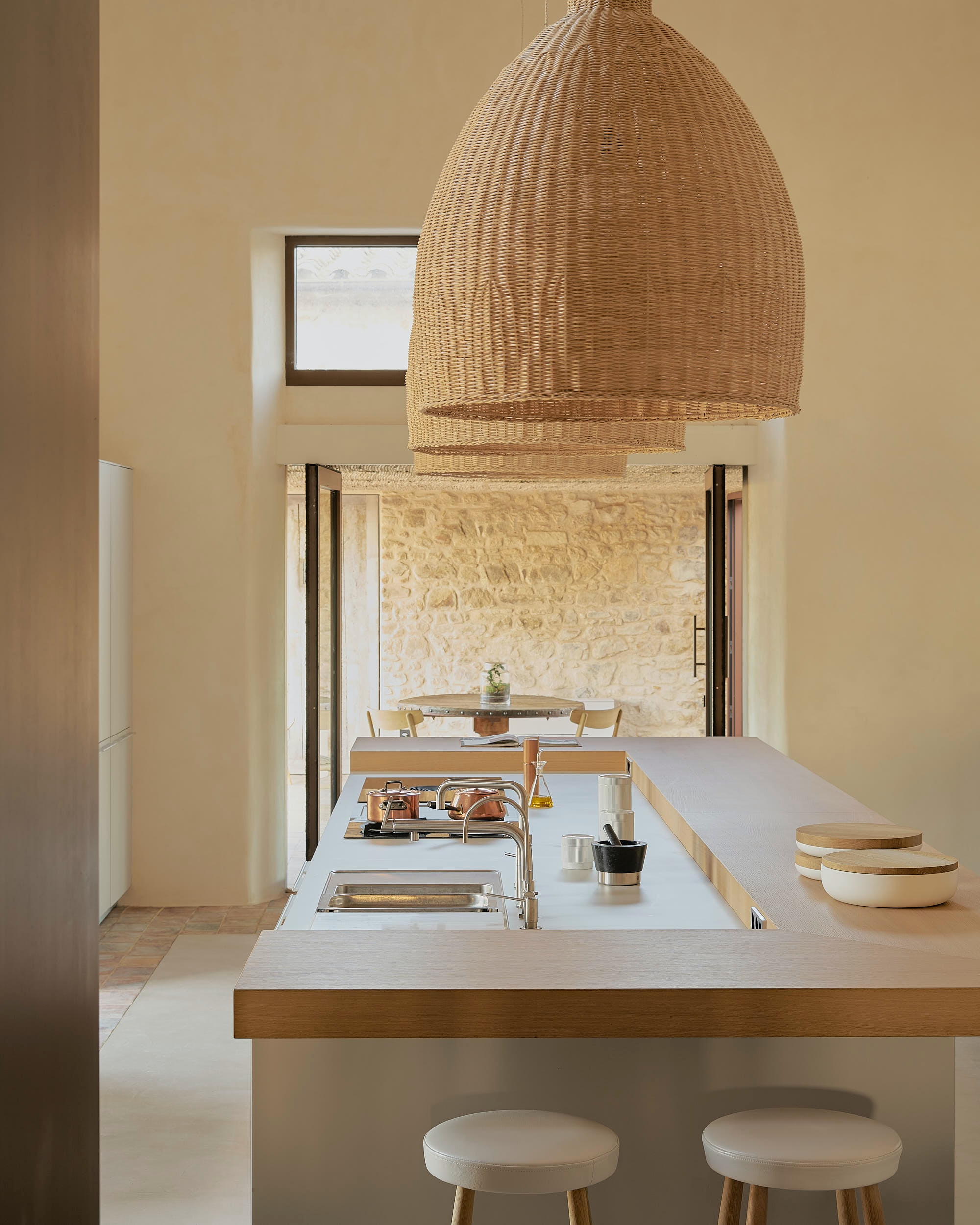Asparagus bamboo is very easy to rise, the price is cheap, and you can buy a pot for a few dollars. It is considered as a symbol of luck and prosperity, it is a common gift and the perfect tiny house plant. In some cases people become worried about how to revive a bamboo plant? As many flower lovers raise asparagus bamboo at home in summer due to improper watering and poor ventilation. The leaves turn yellow, and some are even very serious, no matter how serious it is, as long as the branches are still green, it will quickly recover after its yellow leaves.
In autumn, it only needs proper care, and it will be able to grow the root system, and then it will be able to sprout new shoots quickly. It is all about the maintenance and attention, and you will be able to go without problems. In this article we will discuss in details about how to revive a dead bamboo plant and how to care for bamboo plants? The following are more details about asparagus bamboo plant care and maintenance.
How to revive a bamboo plant?
Bamboo plants are good-looking plants that can add value to your property. People love to grow these plants due to their natural beauty and attractive look. If are facing problems with your asparagus bamboo then it’s time to revive a bamboo plant. Below are some easy tips which you can follow in 2023 to revive a dead bamboo plant.
Trim the leaves
If the leaves of the Asparagus bamboo you have only have a small amount of yellow leaves, just find the stem of the yellow leaves from the bottom, and cut off the bottom directly. If the whole plant is completely yellow leaves, we suggest you to stubble it, after the stubble its roots are intact, and as long as it is done properly, it will shoot new shoots quickly, so pruning must keep up.

How to revive a bamboo plant
Root Washing
After we finish pruning, we have to change the pot for him. When changing the pot, we must wash the roots, that is, wash all the original soil, because asparagus bamboo does not have too many capillary roots, and the roots are relatively thick. Wash the roots then go to pot it again, so as to ensure that its roots are directly in the new soil. The new soil has sufficient nutrients and good air permeability, so it can grow quickly, and new shoots and new leaves will grow.
Upper basin
We rinse the root system to see if there are any dry or rotten roots, then trim it directly, and then configure the soil with good air permeability. It is recommended that you use half of the river sand, half of the nutrient soil, or half of the river sand and half of the peat soil. Yes, you must choose a smaller, shorter flowerpot, don’t use too deep one, plant it directly, if you are directly stubble, without top branches and leaves, try to expose its roots slightly A little bit, so that its buds can be exposed to the soil surface, don’t bury it all in the soil directly, water it thoroughly after planting, add rooting liquid for watering. In an environment with astigmatism and ventilation, dig the soil surface next time, and water it in time when it dries out for a centimeter or two, and its root system will slowly resume growth. When the time comes, as long as the root system starts to grow, new shoots will emerge quickly.
Proper fertilization
Under the premise of suitable light, ensure the ventilation of the environment. Usually water the pot soil and dig it out. When it dries down by one or two centimeters, water it thoroughly in time. Fertilizers should also be used regularly. The growth is vigorous in autumn. Let’s supplement the fertilizer selection for him. A multi-element fertilizer with balanced nitrogen, phosphorus and potassium, or a general-purpose nutrient solution. If the growth is slow, you should use a fertilizer with high nitrogen content and no other elements. Replenish it every ten days or so, and the concentration should be as low as possible. In this way, with watering and fertilizer, it will quickly absorb nutrients, and quickly grow new branches and shoot new shoots.
Repotting and propagating
The question is how to revive a bamboo plant and how do you know when to repot your bamboo? You should report it as soon as the roots get too tight in the container. Move the bamboo to a larger container as soon as you see the roots crowding. If your plant only grows in water, simply move it to a new vase. Furthermore, If you’re using rocks, dump them out, put the plant in a new container (or trim the roots to use the same container) and replace the rocks. If you are using soil, moisten the soil, remove the plant by turning the plant over the stem and soil by hand, then move it to a larger pot.
To propagate lucky bamboo plants, first identify a healthy parent stem with branches (should have more than two bamboo nodes). Cut off the branch from where it connects to the parent plant’s stem, and remove its underlying leaves to create a new, independent stem. Place the new stems in a small container of water and grow the plant as you would a grown plant. Forward as needed.

Regular care to revive a bamboo plant
We must maintain the asparagus bamboo in a reasonable way, understand its habits, and grow according to its habits to ensure that there will be no problems. If you have changed the pot and it has begun to grow, remember when maintaining it. Asparagus likes light and is afraid of exposure to the sun. We guarantee to see some astigmatism, and see it for three or four hours a day, such as the light before ten in the morning and the light after three in the afternoon. This is enough, at least not less than two hours, it will grow leggy if it is too dark, and the leaves will turn yellow.
Other lucky bamboo care tips for 2023
Learning how to care for a lucky bamboo is fairly simple. We provide in-depth information on sunlight, water, temperature, toxicity, potting, propagation needs, and common pests and problems. Our quick step-by-step bamboo care guide looks like this:
- Carefully remove any packaging and add stones to your container as anchors.
- Place the bamboo in indirect sunlight.
- Fill the container with enough water to cover the roots.
- Use fresh water
- Lucky bamboo likes a temperature range of 65-95°F (18-35°C).
- Use a liquid houseplant fertilizer every three to four weeks.
- Remove any yellow leaves.
- When the bamboo roots grow out of the container, put it back in the pot.
- Keep an eye on the plant for the best growth
Proper sunshine
Lucky bamboo needs moderate or indirect sunlight. Direct sunlight can scorch the leaves, so avoid placing the plant in front of a bright window. Burnt leaves look like they sound: the edges of the leaves will turn brown, as if they’ve been burned by fire. If your leaves look a little burnt, move the bamboo to a less lit area.
Proper water
If growing the plant in soil, make sure the soil is slightly moist. Don’t let the soil get too dry, and don’t overwater, as this can lead to root rot. Bamboo doesn’t need much water to survive, but it can grow in water as well. If you choose to grow bamboo in water, make sure the roots are covered with water at all times. Replenish your lucky bamboo with fresh water every 7 to 10 days to keep it happy and healthy.
Proper temperature
Lucky bamboo thrives in any temperature between 18-35°C, making it an ideal office or houseplant. During the cooler months, be careful not to place plants near windows or other areas where there is a cold draft.
Consider pest control
Some common pests that affect lucky bamboo include mealybugs, mites, and fungal infestation. If you notice gray fuzz on the plant, it may be a fungal infection, so remove infected growth, keep stems and leaves dry, and increase air circulation. Mealybugs are small white insects that should be removed with hands and rubbing alcohol. While mites (appearing as white webbing or fuzz) don’t usually affect lucky bamboos, they may be trapped by other house plants. They require water and dish soap to eradicate – see Plant Disease Treatment for more details.
Lucky bamboo should be green, but if the stems or any part of the leaves are yellow, this is an indication that your plant may be sick. Remove the yellow part of the stem or leaf completely so it doesn’t spread to the rest of the plant.

FAQ
Why does bamboo turn yellow?
Bamboo plants can turn yellow for several reasons. These include too much fertilizer, too much chlorine or fluoride in the water, or too much sunlight.
How long can bamboo live?
Bamboo grown in water can live for one to two years. To prolong life, move the bamboo to soil where it will survive for several years. It may drop leaves, but as long as you take good care of it, it will keep replenishing and growing new leaves.
How to revive a bamboo plant quickly?
It depends on what your plant care routine is. If you have yellow bamboo plants, adjust accordingly by stopping fertilizing, switching to filtered water, or moving the plants to an area with less light your lucky bamboo is infested by pests or fungus, remove the infested area and use (natural) insecticide, soap or rubbing alcohol depending on the plant’s disease.
Can bamboo grow in water?
Lucky bamboo can be grown in water, but for best results, it should be transferred to soil after it has developed firm roots.
Is it bad luck to buy bamboo yourself?
No, lucky bamboo is considered a symbol of good luck even if you buy it yourself.
Is it easy to grow a bamboo tree?
Yes it is very easy depending on different conditions
Final words
Lucky bamboo is an easy-care plant that’s perfect for offices and homes. It is said to represent good luck and happiness, making it an ideal and popular gift in business and personal affairs. Another factor that makes lucky bamboo so popular is its ability to be trained into shapes like swirls, hearts, braids, and other designs. Lucky Bamboo is a versatile plant that makes a great gift for anyone because who needs some good luck every now and then? It’s the perfect gift for your life, including friends, boyfriend, husband, and family. So, if you are looking for how to revive a bamboo plant? Just read the above tips to revive a bamboo plant very easily.











